Many of those hoping for Queerness in Star Wars were disappointed to learn that Finn and Poe wouldn’t be confirmed to be romantic partners in the upcoming Rise of Skywalker. While no substitution exists for definitive on-screen queer representation, those searching for queerness in the Star Wars canon should consider investigating the stories being told in prose.
Queerness in Star Wars

One way that the Star Wars books are expanding the scope of representation in the galaxy is by introducing new queer characters. This is the case throughout the Aftermath trilogy by Chuck Wendig. All three of Wendig’s novels, which take place just after Return of the Jedi and concern the immediate aftermath of the Emperor’s death as well as the nascent attempts to lay the foundations of the New Republic.
In Aftermath, the first book in the series, readers are introduced to Sinjir Rath Velus, an ex-Imperial Loyalty Officer who defected at the battle of Endor. Sinjir is gay, and over the course of the three books in the trilogy, he has receives a romantic subplot with a male character.
While Sinjir, being one of the lead roles of the trilogy, is the most prominent example of queer representation in the Aftermath trilogy, he isn’t the only representation. In the first book of the Aftermath trilogy, we learn that Temmin “Snap” Wexley has been watched over by his only surviving family on the planet Akiva, his Aunt Esmelle and her wife, Shirene.
A characteristic of all three novels in the Aftermath trilogy is the “Interlude” chapters. These interludes jump away from the primary narrative and offer brief glimpses of various corners of the galaxy in the wake of the Emperor’s fall. The second book in the trilogy, Aftermath: Life Debt, includes an interlude that introduces Eleodie Maracavanya, the pirate ruler of Wild Space. Hailing from the smuggler moon Nar Shaddaa, Maracayanya is non-binary, and the pirate ruler uses zhe/zher/he/him/she/her pronouns. While Maracaynya appears briefly, only appearing in the interlude chapter, zhe returns for a sequel Interlude in Aftermath: Empire’s End.
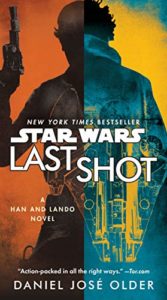
Maracavanya is not the only non-binary representation in the Star Wars novels. In Last Shot by Daniel José Older, we are introduced to Taka Jamoreesa, a nonbinary human of Alderaanian descent. Jamoreesa uses they/them pronouns.
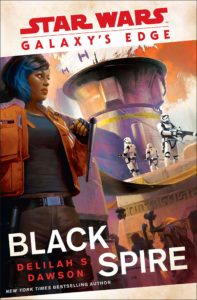
Another new character introduced in the novels is Vi Moradi, hero of the Resistance. Vi was introduced in Phasma by Delilah S. Dawson and then starred in a follow-up novel, Galaxy’s Edge: Black Spire, also by Dawson. In Black Spire, a romantic advance leads to the revelation that Moradi has never cared for anyone “like that,” regardless of gender – in other words, Moradi is aromantic and asexual. While this inclusion of aromantic asexual representation is kind of a big deal in the Resistance, what makes Moradi’s inclusion even more wizard is that fans can actually meet the character when traveling to Batuu at Galaxy’s Edge.
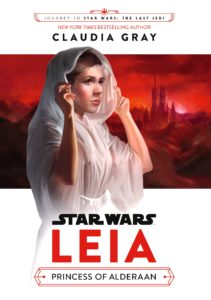
The Star Wars books also expand representation in the galaxy by digging deeper into the personal lives of characters previously seen on-screen. In Leia, Princess of Alderaan by Claudia Gray, we learn more about the romantic life of Amilyn Holdo, the Resistance hero introduced on the big screen in The Last Jedi. While discussing Leia’s crush on a fellow member of the Junior Senate, Leia says that she is only attracted to humanoid males, to which Holdo replies, “Really? That feels so limiting.”
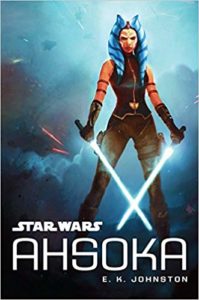
Another example of the expansion of an on-screen character takes place in Ahsoka by E. K. Johnson. Ahsoka Tano was introduced in The Clone Wars animated series, and the novel follows the adventures of the eponymous hero in the aftermath of Order 66. During the course of the novel, Tano develops a close relationship with a young woman named Kaeden Larte. Near the conclusion of the story, Larte tells Tano that she could kiss her, and when Tano acts shocked by the statement, Larte acknowledges that her timing is poor and “you have all those Jedi hang-ups.” While the connection is not further explored in the novel, the implication is clear: there is a romantic subtext to the relationship between the two young women.
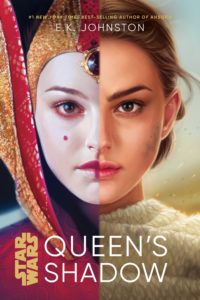
Another example takes place in Johnson’s novel Queen’s Shadow, which follows the adventures of Padmé, Sabé, and the rest of the Royal Handmaidens of Naboo after the events of The Phantom Menace. In one scene, Sabé goes to Dex’s Diner on Coruscant in order to meet with Kooib-s Guvar, a holojournalist who works for a major network but moonlights for tabloids to earn some extra credits (journalism apparently paying just as well in a galaxy far, far away as it does in this one). As Sabé meets with Kooib-s, she is mesmerized by her appearance, and the text notes that she is occasionally attracted to nonhumans, “particularly with interesting females.”
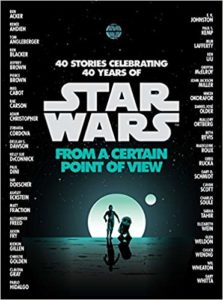
Another example of queer representation appears in From a Certain Point of View. The collection of short stories tells the familiar narrative of A New Hope, but from the perspective of ancillary characters. The story “Of MSE-6 and Men” by Glen Weldon is told from the perspective of one of the diminutive MSE-6 droids who scurry around the floors of the Death Star. The tale concerns an Imperial Officer becomes romantically involved with a Stormtrooper and follows events that unfold as the two men exchange communiqué with one another through the assistance of the droid.
Another story in From a Certain Point of View, “The Trigger” by Kieron Gillen, follows rogue archeologist Doctor Chelli Aphra as she searches for a colicoidic pulse field modulator on the planet Dantooine. While Aphra is too busy escaping the clutches of the Empire to engage in any sort of romance in this short story, Aphra becomes entangled in a love triangle with two women in her ongoing solo comic series.
While the prose of the Star Wars universe is almost certainly the most comprehensive source of queer representation in a galaxy far, far away, it is not yet exhaustive: for example, as a queer trans woman, I have yet to see myself represented on the page. Hopefully, Star Wars prose will continue to expand its scope of inclusion.
If you’re interested in reading one of these novels, purchase information is available on the Del Rey Star Wars website, or consider borrowing the book from your local library.


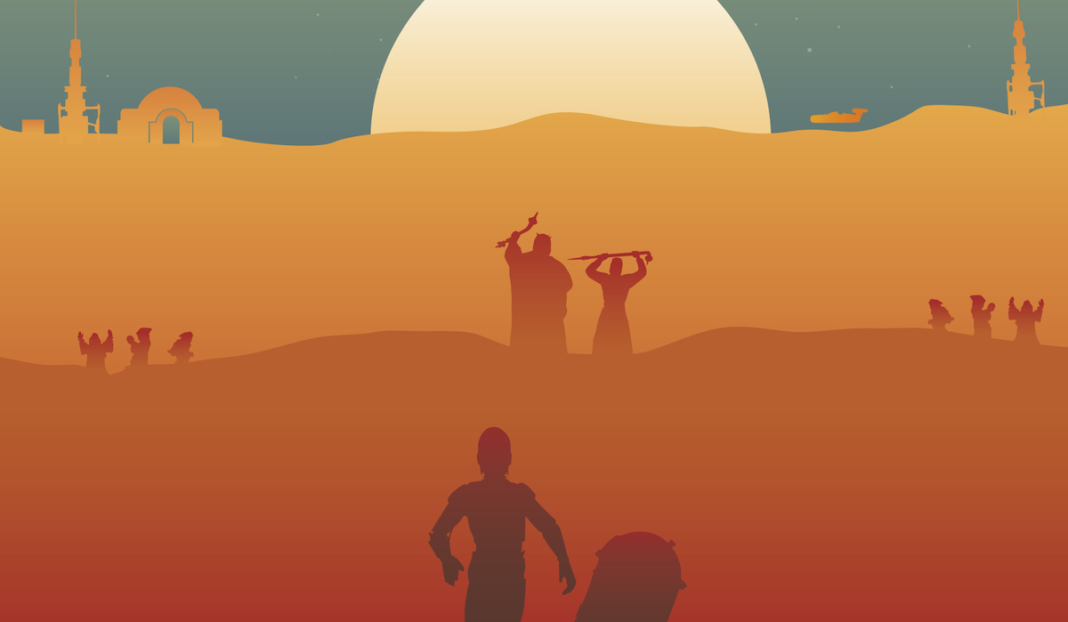

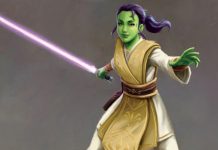




Why no mention of Last of the Jedi? Stop ignoring Legends.
Comments are closed.